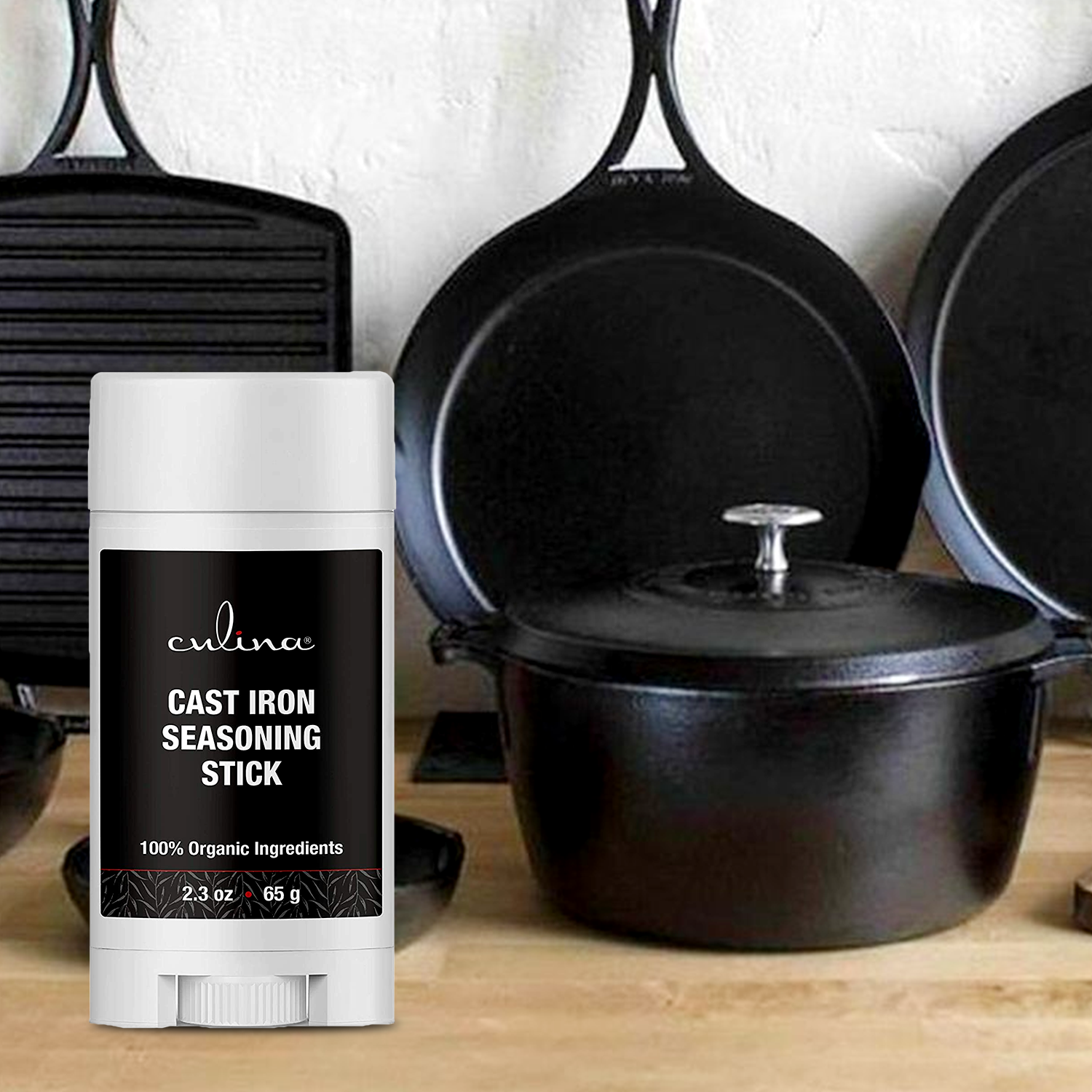Baking sourdough in a Dutch oven can be a rewarding experience. However, one common problem many enthusiasts encounter is preventing the bottom of the sourdough from burning. This concern is widespread among bakers, and understanding how to navigate this issue effectively can lead to perfect, golden-brown loaves every time.

Understanding the Dutch Oven Baking Process
A Dutch oven plays a crucial role in the baking process. It helps to create steam, which is essential for achieving that crispy, artisan crust. However, the heavy cast iron can sometimes conduct too much heat, leading to burnt bottoms.
:max_bytes(150000):strip_icc()/dutch-oven-tout-b111718c4c5e4f44b3619b43c6e30e99.jpg)
Why Does the Bottom Burn?
The primary reason the bottom burns is due to excessive heat directly from the bottom element of the Dutch oven. This can be aggravated by factors such as the oven’s nature, the baking temperature, and even the choice of baking parchment.
Heat Distribution in Dutch Ovens
Understanding how heat is distributed within the oven is crucial. The thick metal retains heat well, which can cause the bottom to overheat if not managed correctly.
The Role of Baking Parchment
Using the right kind of baking parchment or liner can significantly affect the baking process. Thicker parchments or adding an extra layer can prevent direct contact and reduce the risk of burning.

Prevention Techniques
Use an Insulating Layer
Placing an insulating layer between the dough and the oven’s bottom can help. This could be a baking stone or even extra layers of baking parchment. The purpose is to create a buffer that distributes heat more evenly.
Adjust Temperature and Baking Time
Another approach is to bake the bread at a slightly lower temperature for a longer time. This method ensures proper cooking without subjecting the bottom to excessive and direct heat.
Pre-Baking Techniques
Preheating the Dutch oven for a shorter duration can also help prevent burning. Preheating for too long can make the oven too hot, thereby increasing the chances of burning the breads bottom.
Choosing the Right Dutch Oven
All Dutch ovens are not created equal. Opting for a Dutch oven with thicker walls can contribute to more even heat distribution.
For more on selecting the right equipment, check out our article Make Dutch Oven Bread.
Practical Tips for Preventing Burns
Monitor Baking Progress
Keeping a close eye on your baking can avert any mishaps. Regularly check the bottom of your bread within the initial stages to gauge how quickly its browning.
Rotating the Dutch Oven
Sometimes ovens have hot spots. Rotating the Dutch oven halfway through the baking process ensures more even cooking and prevents one side from getting too much direct heat.
Expert Insights and Recommendations
Many professional bakers have their own tricks for dealing with this common issue. Some recommend adding a layer of cornmeal or flour on the bottom to act as a buffer.
Frequently Asked Questions (FAQs)
Why does my sourdough always burn?
This could be due to several factors, including oven temperature, type of Dutch oven, and baking duration.
How can I tell if my Dutch oven is too hot?
If the bottom of your bread is burnt while the top isn’t fully browned, your Dutch oven might be too hot.
What type of parchment should I use?
High-quality, thick baking parchment helps distribute heat evenly.
Learn more about oven care in our detailed guide on Cleaning Dutch Ovens.
Conclusion
Preventing the bottom of sourdough from burning in a Dutch oven is a common challenge. By understanding the heat dynamics and applying strategic techniques, you can master the art of baking perfect sourdough. For further insights, refer to these additional baking tips from Taste of Home.
Happy baking!
As an Amazon Associate, I earn from qualifying purchases.

